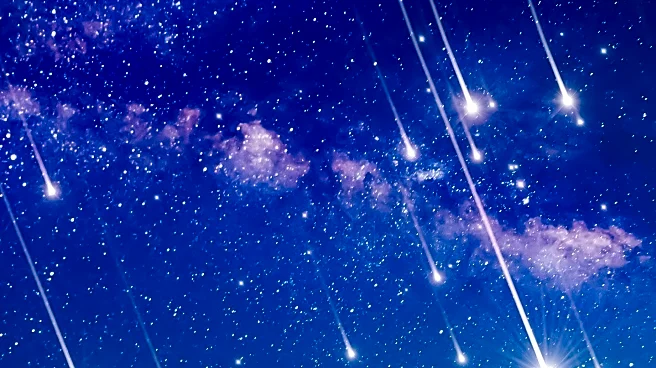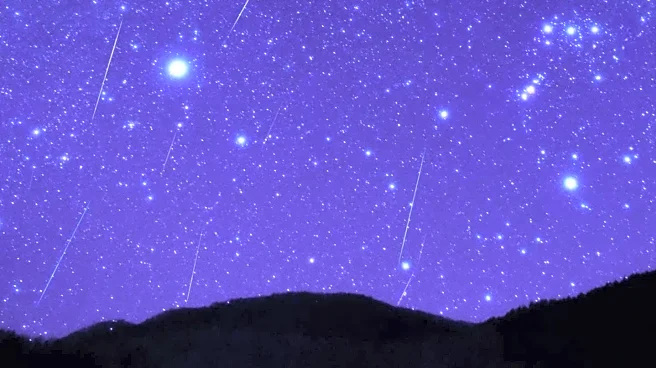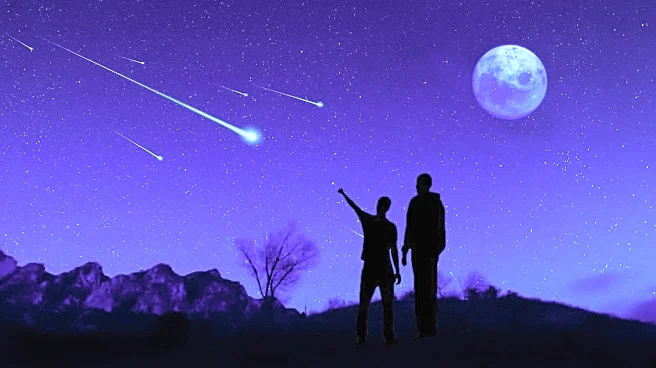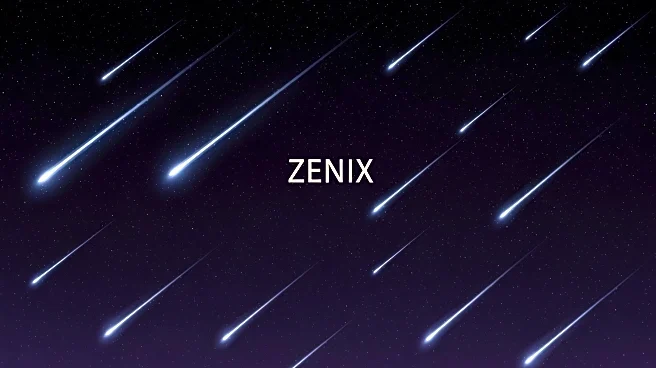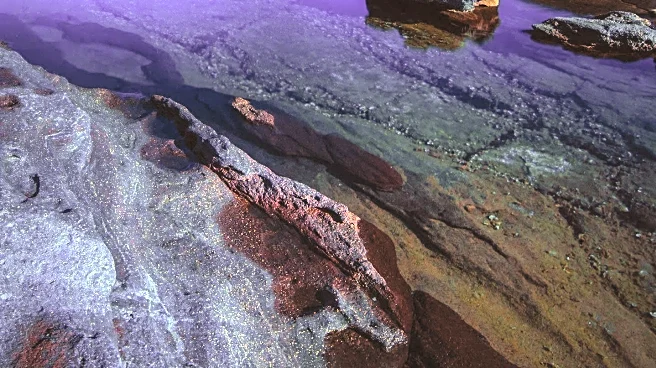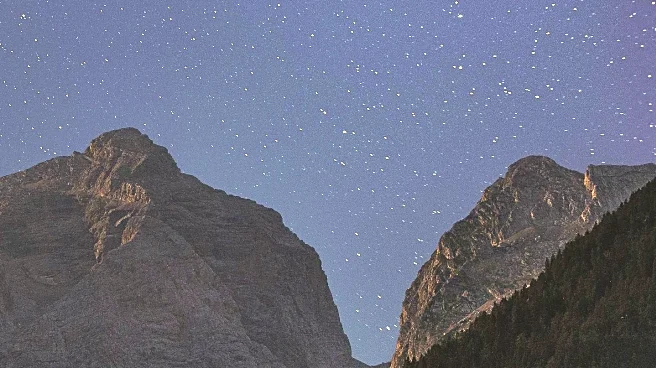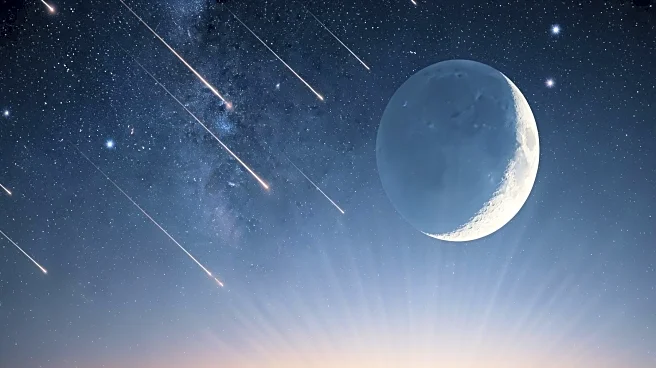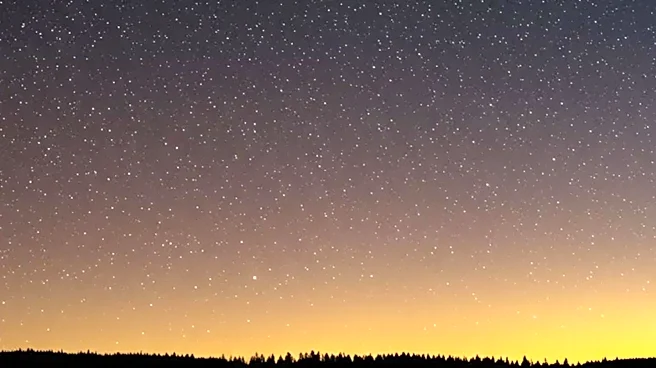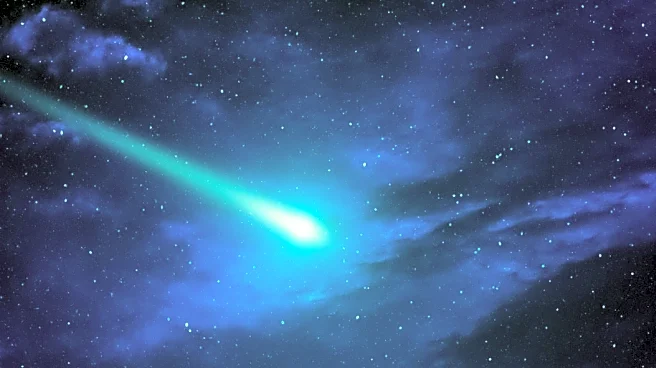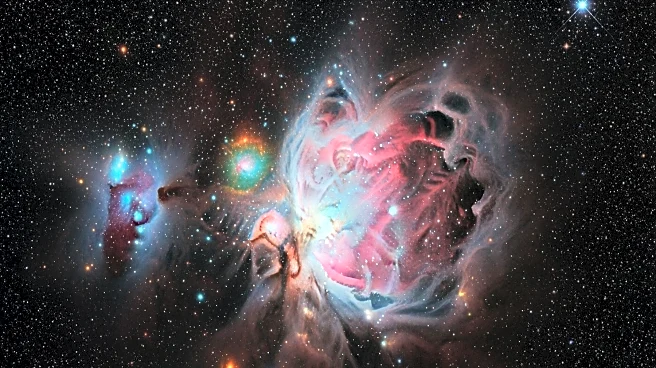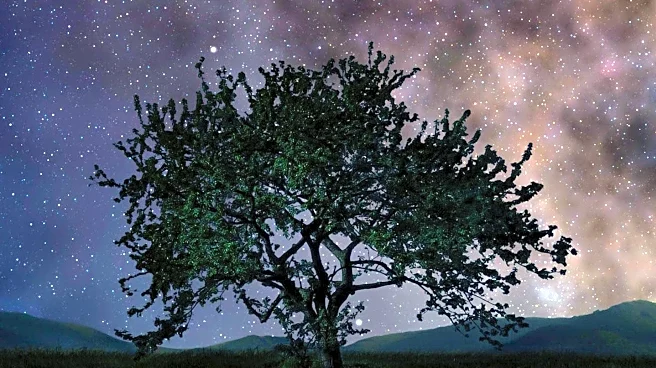What's Happening?
The Southern and Northern Taurids meteor showers are currently active, offering a celestial display visible in Louisiana. Originating from the debris of Comet Encke, these showers are known for producing
bright fireballs due to the large size of the debris. The Southern Taurids are active from September 10 to November 20, with a peak around October 10, while the Northern Taurids are active from October 20 to December 10, peaking around November 12. The best viewing time is around midnight when the Taurus constellation is high in the sky. Ideal locations in Louisiana for viewing include Kisatchie National Forest, North Toledo Bend State Park, and Highland Road Park Observatory, among others.
Why It's Important?
Meteor showers like the Taurids provide a unique opportunity for astronomical observation and public engagement with science. They can inspire interest in astronomy and the natural sciences, particularly among young people and amateur astronomers. Additionally, these events can boost local tourism as enthusiasts travel to areas with optimal viewing conditions, benefiting local economies. The Taurids, known for their bright fireballs, offer a spectacular visual experience that can enhance public appreciation for natural phenomena.
What's Next?
As the Taurids continue, enthusiasts and astronomers will monitor the skies for peak activity, particularly around November 12 for the Northern Taurids. Local observatories and parks may host viewing events, providing educational opportunities and community engagement. Weather conditions will play a crucial role in visibility, and clear skies will be essential for optimal viewing. The overlap of the Southern and Northern Taurids in late October to early November will be a prime time for observation.
Beyond the Headlines
Meteor showers like the Taurids highlight the ongoing interaction between Earth and cosmic debris, offering insights into the solar system's dynamics. They also underscore the importance of preserving dark sky areas free from light pollution, which is crucial for astronomical observations. The cultural significance of meteor showers, often seen as omens or sources of inspiration, adds a layer of human interest to these celestial events.
